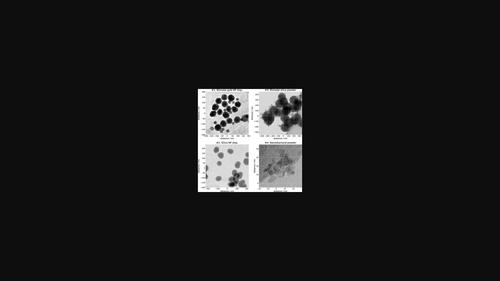人为因素:一个小角度散射数据分析结果轮循
IF 6.1
3区 材料科学
Q1 Biochemistry, Genetics and Molecular Biology
引用次数: 0
摘要
为了估计小角度散射数据分析中人为因素的影响,进行了一项循环研究。向参与者提供了四个校正后的数据集,准备进行分析。所有数据集都是在含有球形散射体的样品上测量的,其中两个数据集来自稀释分散体,两个数据集来自粉末。46名参与者中的大多数人正确地识别了稀分散中的种群数量,一半的种群均值条目在1.5%以内,一半的种群宽度条目在40%以内。由于结构因素的复杂性,在粉末数据集上提交答案的人要少得多。对于那些做到了这一点的人,有一半的平均值和宽度条目分别在44%和86%之内。这个循环实验强调了造成差异的几个原因,并提出了解决方案。本文章由计算机程序翻译,如有差异,请以英文原文为准。

The human factor: results of a small-angle scattering data analysis round robin
A round-robin study has been carried out to estimate the impact of the human element in small-angle scattering data analysis. Four corrected datasets were provided to participants ready for analysis. All datasets were measured on samples containing spherical scatterers, with two datasets in dilute dispersions and two from powders. Most of the 46 participants correctly identified the number of populations in the dilute dispersions, with half of the population mean entries within 1.5% and half of the population width entries within 40%. Due to the added complexity of the structure factor, far fewer people submitted answers on the powder datasets. For those that did, half of the entries for the means and widths were within 44 and 86%, respectively. This round-robin experiment highlights several causes for the discrepancies, for which solutions are proposed.
求助全文
通过发布文献求助,成功后即可免费获取论文全文。
去求助
来源期刊
CiteScore
10.00
自引率
3.30%
发文量
178
审稿时长
4.7 months
期刊介绍:
Many research topics in condensed matter research, materials science and the life sciences make use of crystallographic methods to study crystalline and non-crystalline matter with neutrons, X-rays and electrons. Articles published in the Journal of Applied Crystallography focus on these methods and their use in identifying structural and diffusion-controlled phase transformations, structure-property relationships, structural changes of defects, interfaces and surfaces, etc. Developments of instrumentation and crystallographic apparatus, theory and interpretation, numerical analysis and other related subjects are also covered. The journal is the primary place where crystallographic computer program information is published.

 求助内容:
求助内容: 应助结果提醒方式:
应助结果提醒方式:


